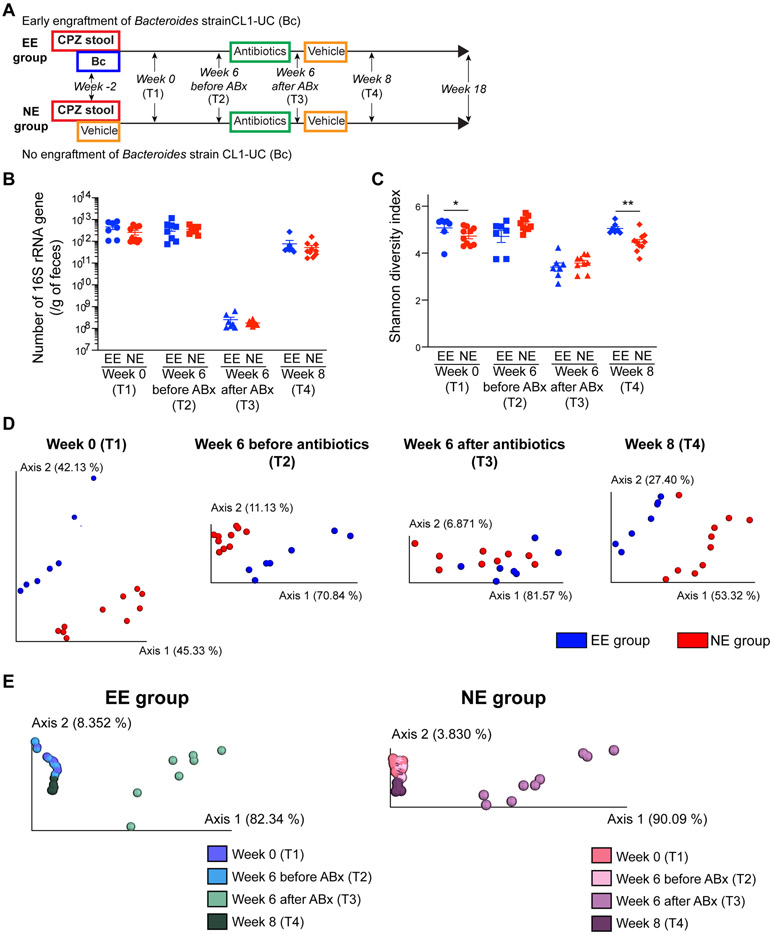Figure 2. Early life engraftment of a single Bacteroides strain impacts bacterial membership of the gut microbiome.
(A) Study design using male IL-10 knock-out mice. CPZ-induced dysbiosis was transplanted into germ-free pups at 3 weeks of age by fecal gavage. Following FMT, one cohort of mice was gavaged with live Bacteroides strain CL1-UC (Bc) or vehicle control representing early engraftment (EE) and no engraftment (NE) of Bc groups, respectively. (EE group: n = 7 and NE group: n = 10). Two weeks later (week 0; 5 weeks of age), animals began tracking. A cocktail of broad-spectrum antibiotics (neomycin, vancomycin, and CPZ) were administered at week 6 to perturb the gut microbiome and eradicate Bc in later stages of life, followed by observation to week 18 (T1: week 0, T2: week 6 before antibiotics treatment, T3: week 6 after antibiotics treatment [prior to the second gavage], T4: week 8 [2 weeks after the second gavage]). Gavage and treatment schedule details are presented in Figure S4A. (B) The number of 16S rRNA gene per gram of feces from EE and NE animals over time (T1-T4). (C) Shannon diversity index of EE and NE animals over time. (D) PCoA plots of 16S rRNA gene amplicon sequence weighted UniFrac distances between EE vs. NE groups at each time point (T1-T4). Bacterial compositions were different between EE and NE groups at all time points. (E) PCoA plots of weighted UniFrac distances showing over-time shifts of bacterial compositions in EE group (left panel) and NE group (right panel). The bacterial structure at T4 recovered to a state before antibiotics treatment. *p < 0.05 and **p < 0.01. Data represent mean ± SEM for (B) and (C).

